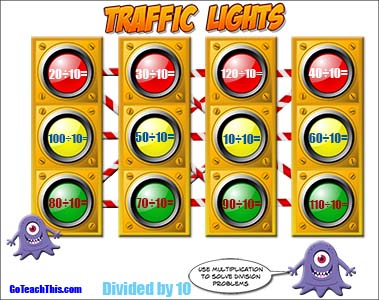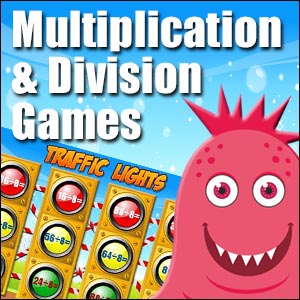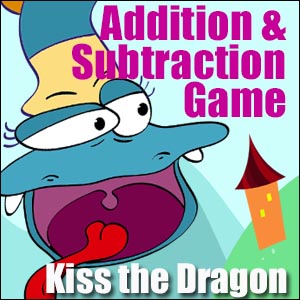Multiplication & Division Games – Traffic Lights
Multiplication & Division Game – Traffic Light is a two-player abstract strategy game similar to Tic-Tac-Toe but is played with 27 pieces instead of 9. This variation makes for very interesting gameplay and requires a great deal more cunning than the original game.
$4.50
Multiplication & Division Math Games
Traffic Lights

Multiplication Games – Traffic Lights
Division Game & Multiplication Game:
Traffic Light is a two-player abstract strategy game similar to Tic-Tac-Toe but is played with 27 pieces instead of 9. This variation makes for very interesting gameplay and requires a great deal more cunning than the original game.
What You Need:
- 2 players
- 1 Traffic Light game board
- 8 red counters
- 8 orange counters
-
8 green counters
Key Game Play Concept:
How to Play:

Multiplication Game – Low Color Versions
- The player with the longest ring finger is Player One.
- Player One chooses any empty circle on any traffic light on the board, reads the algorithm aloud, answers it aloud then places a red counter over the algorithm.
- Player Two may REPLACE this red counter with an orange one and state the algorithm revealed OR they can place a red counter on any of the empty spaces on the board.
- Player One’s options now include replacing orange counters with green ones, replacing red counters with orange ones, or placing red counters on empty spaces. All the while reading and answering the algorithm in the circle.
- Play continues in this turn about fashion until a winner is found.
How to Win:
The person who places the counter to make either 3 red, 3 orange, or 3 green counters in a row wins the game. The winning line may be either horizontal, vertical, or diagonal.
Before the Game:
– Watch the YouTube video of the game as a class.
– Walk students through a sample game.
– Have a Number Talk on different ways to work out the answers to a few of the algorithms the students will face in the game.
– Plenty of work with concrete materials to ensure the students have a thorough understanding of the way the algorithms and the real world are connected.
– What fact will you make an effort to commit to memory today?
During the Game:
– Periodically remind students to look for patterns and strategies to help win the game.
– Ask, ‘What do you think is the best strategy to use here? Why do you think that?’ What tells you this is a good strategy?
– Encourage the students to make a record of the algorithms they feel they need to work on later.
– When do you think is the best time to change the color of a counter? Why do you think that?
Possible After Game Journal Reflections:
– The thing I enjoyed most about this game was…
– The thing I enjoyed the least about this game was…
– My biggest challenge in playing this game was…
– As a result of playing this game I feel I need to work on…
– Write 2 ‘I wonder questions’ about this game.
Possible Extensions:
-
Projector Play – Place the game on a projector and play with the whole class in teams to promote group decision-making.
-
Have the students modify the game to incorporate chess clocks. FREE chess clocks are available in the Apple App Store.
-
Have students write an original narrative outlining the backstory of how the gremlins took over the traffic light network, the pandemonium it caused, and why three in a row gets them out of the system.
-
There is a lot of Math in designing the traffic light system of a city. How do you think traffic lights work? What sort of Math do you think would be involved? Research how traffic lights work.
Included in this Game:
EXPLORE MORE




